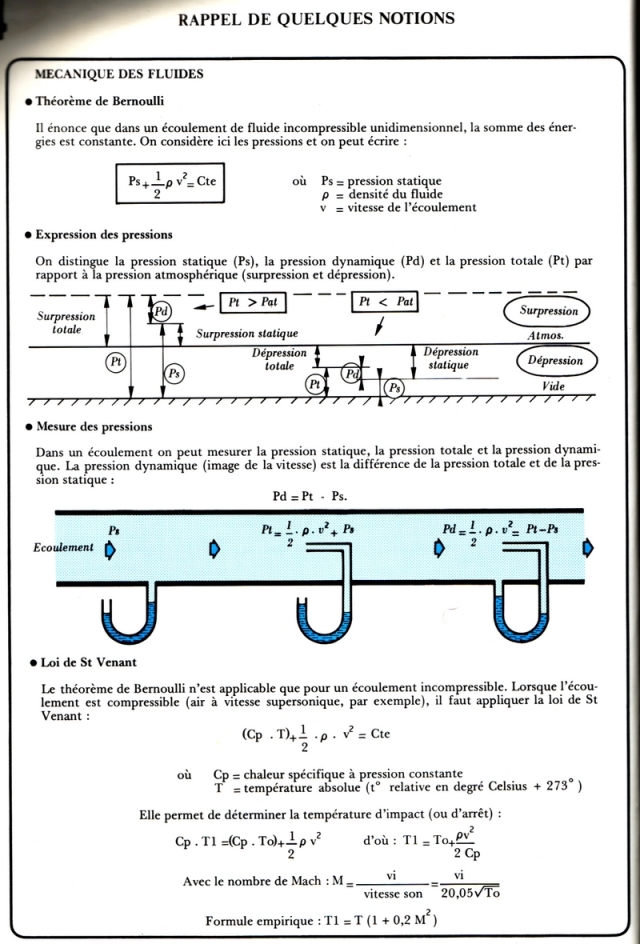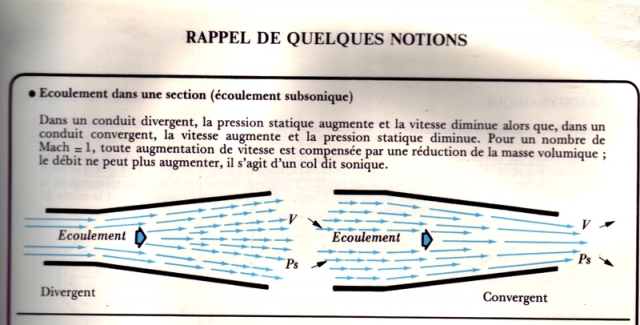ok
I just know that EGR = decrease in combustion T ° C
8000km with a Retrokit E45 on a Vito 108CDI .....
Hello
Although the ERG is controlled differently on a diesel and a petrol, the diesel is in excess of air at low speed and slowed down.
The temperature drops on explosion but ultimately in exhaust
the difference is thin with ERG and without ERG
With a turbo it goes down quickly, and in the trigger it goes down even faster.
Just measure close to the pipe and measure at the silent outlet to see the huge difference
many think it's the distance that makes it cool
if this is the case, just isolate the exhaust pipe
but it is more the relaxation of the gases which lowers the temperature
that's why I create a voluntary restriction, the expansion is after the reactor and the GV.
On the old Gros V 8 of 6,6 liters petrol there was at the exhaust pipe outlet a thermostatic valve in cast iron which partially blocked the exhaust to (force) the engine to heat up faster, despite this important restriction, it made the engine more economical on short trips, it drank a 30 liters per 100km in urban areas.
Andre
jonule wrote:ok
I just know that EGR = decrease in combustion T ° C
Although the ERG is controlled differently on a diesel and a petrol, the diesel is in excess of air at low speed and slowed down.
The temperature drops on explosion but ultimately in exhaust
the difference is thin with ERG and without ERG
With a turbo it goes down quickly, and in the trigger it goes down even faster.
Just measure close to the pipe and measure at the silent outlet to see the huge difference
many think it's the distance that makes it cool
if this is the case, just isolate the exhaust pipe
but it is more the relaxation of the gases which lowers the temperature
that's why I create a voluntary restriction, the expansion is after the reactor and the GV.
On the old Gros V 8 of 6,6 liters petrol there was at the exhaust pipe outlet a thermostatic valve in cast iron which partially blocked the exhaust to (force) the engine to heat up faster, despite this important restriction, it made the engine more economical on short trips, it drank a 30 liters per 100km in urban areas.
Andre
0 x
Hello André
the reduced space in the exhaust around the reactor has more the effect of concentrating the "circulating calories" as close as possible to the wall of the reactor in order to force it to take the heat
but the more there is speed, the more the T ° drops in this speed at the same time as the pressure elsewhere (Bernouilli's law applied to a gas: throttling increases kinetic energy by the fact of increase the speed, which imposes a reduction in the pressure in relation to the conservation of energy: nothing is created, nothing is lost)
but if the pressure decreases, the T ° automatically decreases
everything is therefore only a compromise to find to have the maximum heat along the reactor
Bernouilli's law would tell us: wide space around the reactor to have a low gas speed without kinetic energy but very hot and a strong restriction only after the reactor so that it bathes in a still compressed gas to maintain the highest possible T °
but it is useless to have a high T ° if it passes far from the reactor because of a too large space
Andre you wrote:but it is more the relaxation of the gases which lowers the temperature
that's why I create a voluntary restriction, the expansion is after the reactor and the GV.
the reduced space in the exhaust around the reactor has more the effect of concentrating the "circulating calories" as close as possible to the wall of the reactor in order to force it to take the heat
but the more there is speed, the more the T ° drops in this speed at the same time as the pressure elsewhere (Bernouilli's law applied to a gas: throttling increases kinetic energy by the fact of increase the speed, which imposes a reduction in the pressure in relation to the conservation of energy: nothing is created, nothing is lost)
but if the pressure decreases, the T ° automatically decreases
everything is therefore only a compromise to find to have the maximum heat along the reactor
Bernouilli's law would tell us: wide space around the reactor to have a low gas speed without kinetic energy but very hot and a strong restriction only after the reactor so that it bathes in a still compressed gas to maintain the highest possible T °
but it is useless to have a high T ° if it passes far from the reactor because of a too large space
0 x
Are you sure of your bolt? Because it does not seem logical to me: the narrower the passage between the reactor and the internal walls of the pot, the more the gas picks up speed, certainly, but on the contrary the logic would like that the pressure be stronger there since restriction. So logically there should be an increase in temperature and not a decrease in temperature 
0 x
Hello Bolt and NLC
You're right Boulon, the explanation is there:


A+
You're right Boulon, the explanation is there:


A+
0 x
Reason is the madness of the strongest. The reason for the less strong it is madness.
[Eugène Ionesco]
http://www.editions-harmattan.fr/index. ... te&no=4132
[Eugène Ionesco]
http://www.editions-harmattan.fr/index. ... te&no=4132
Back to "Water injection in the engines: the assembly and experimentation"
Who is online ?
Users browsing this forum : No registered users and 199 guests




